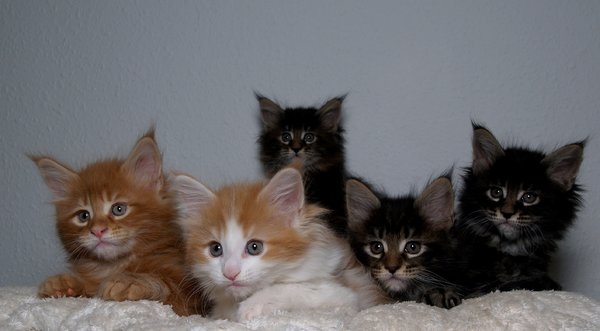Managing Moisture Control in Cat Litter
Managing Moisture Control in Cat Litter
Blog Article

Cat litter and litter boxes play a pivotal function in the lives of both felines and their owners. From the humble beginnings of sand and soil to the innovative improvements of today, the world of cat litter has developed considerably. In this detailed guide, we explore every aspect of cat litter and litter boxes, exploring their history, types, benefits, challenges, and everything in between.
The history of cat litter dates back centuries, with ancient civilizations using sand, soil, and even ashes as primitive litter materials. However, it wasn't up until the mid-20th century that contemporary cat litter as we understand it emerged. In 1947, Edward copyright presented the world's first industrial cat litter made from absorbent clay, reinventing the method felines relieved themselves inside. Given that then, cat litter has actually gone through many improvements, with the intro of clumping litter, silica gel litter, eco-friendly choices, and more.
Today, feline owners are ruined for option when it concerns choosing the best litter for their feline companions. Conventional clay litter remains popular for its affordability and effectiveness in soaking up smells. Clumping litter, which forms strong clumps when wet, simplifies cleaning and maintenance. Silica gel litter, made up of extremely absorbent silica crystals, uses exceptional odor control and longevity. Naturally degradable choices, such as recycled paper, wood pellets, corn, and wheat, appeal to environmentally mindful customers.
Each kind of cat litter provides unique advantages. Clay litter masters its capability to take in moisture and control odors, making it a dependable wood pellets cat litter choice for lots of feline owners. Clumping litter simplifies daily scooping and extends the time between total litter changes. Silica gel litter provides extraordinary smell control and can last longer between replacements. Biodegradable litters use a sustainable alternative that minimizes ecological effect.
While cat litter boosts indoor feline hygiene, it is not without its challenges. Dust from clay litter can present respiratory threats for both cats and humans, triggering the popularity of dust-free alternatives. Some felines may establish litter Litter Box Liners box aversion due to issues with texture, aroma, or cleanliness, necessitating experimentation with various litters and box configurations. Multi-cat families may need strategic litter box positioning and frequent upkeep to prevent territorial disputes and guarantee all cats have access to tidy facilities.
Picking the suitable litter box is essential for promoting favorable litter box habits and general feline well-being. Elements to consider include size, availability, and design choices. Covered litter boxes provide privacy and aid include smells, but some felines may discover them confining or daunting. Open-top litter boxes offer simple gain access to and exposure but might result in more litter scatter. Automatic self-cleaning litter boxes enhance maintenance however need regular tracking and upkeep.
Appropriate litter box upkeep is essential for making sure a clean and welcoming environment for both cats and their owners. Daily scooping eliminates waste promptly, lessening odor and dissuading litter box hostility. Regular litter replacement, usually every 1-2 weeks, avoids bacterial buildup and keeps optimal absorbency. Comprehensive cleansing with mild cleaning agent and water, preventing harsh chemicals that might hinder cats from using package, need to be performed monthly.
Cat litter and litter boxes play a main function in fostering a healthy and harmonious relationship between felines and their human companions. With a diverse variety of litter alternatives and litter box designs offered, feline owners have the versatility to customize their choices to fit their felines' choices and family needs. By understanding the development, types, advantages, and obstacles cat litter box enclosure of cat litter and litter boxes, pet owners can provide their feline buddies with a comfy and sanitary indoor environment.